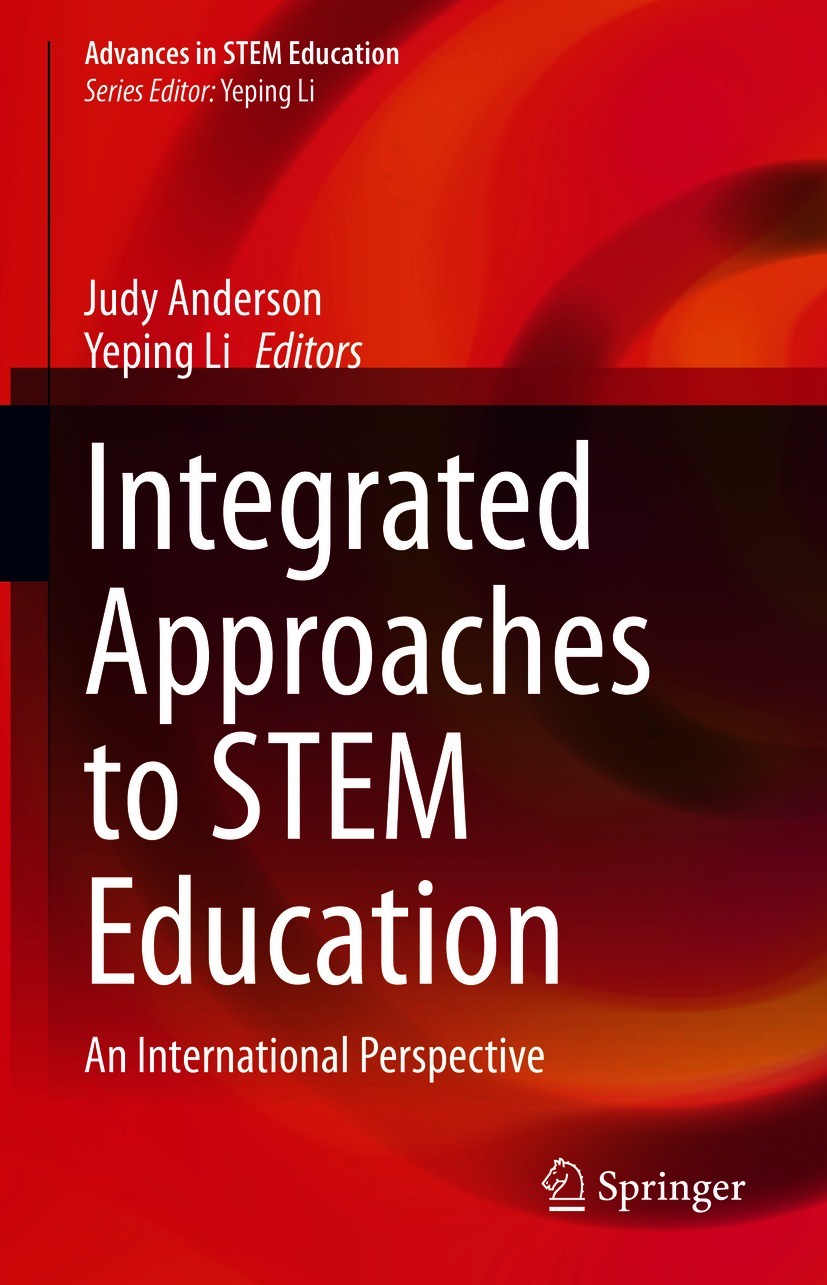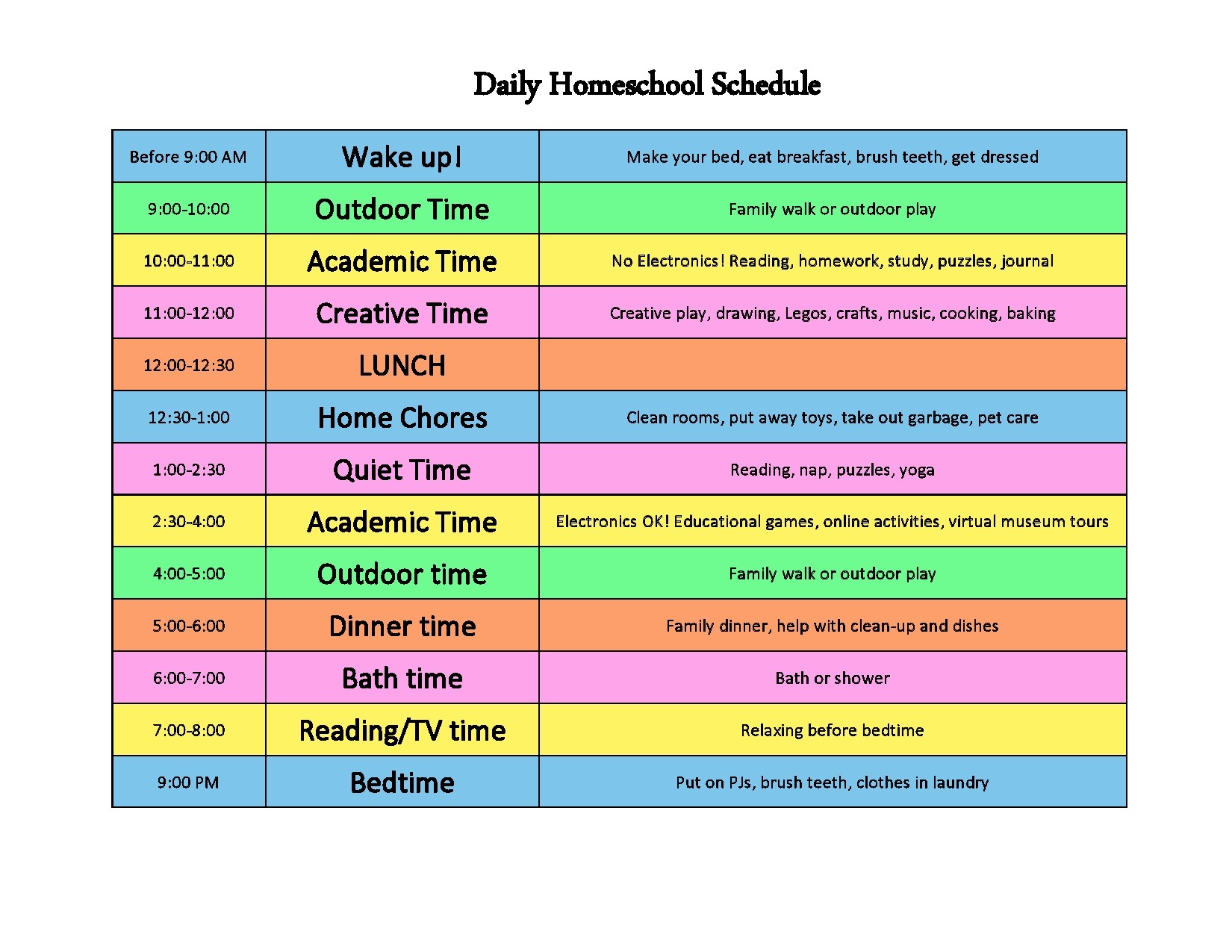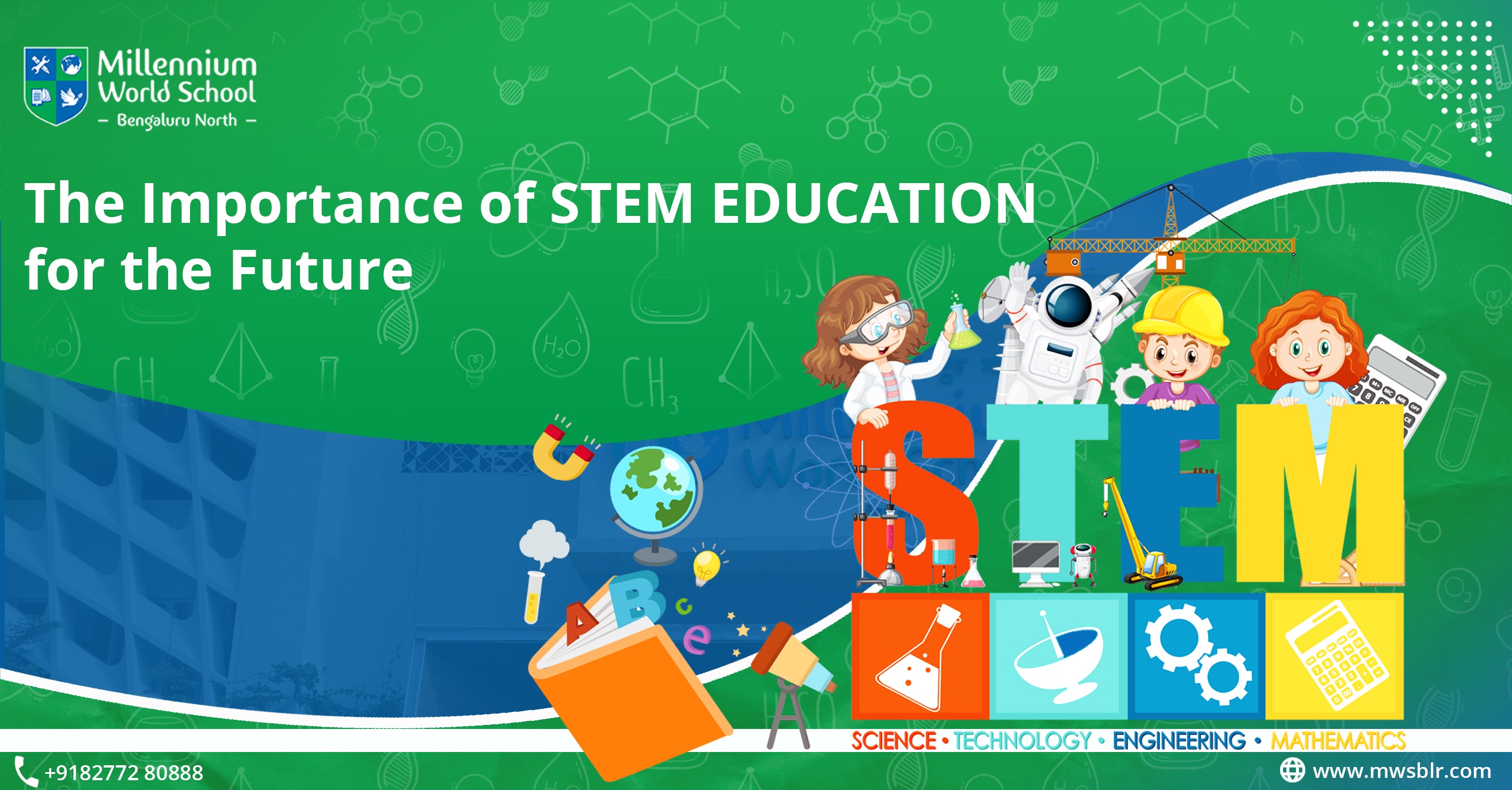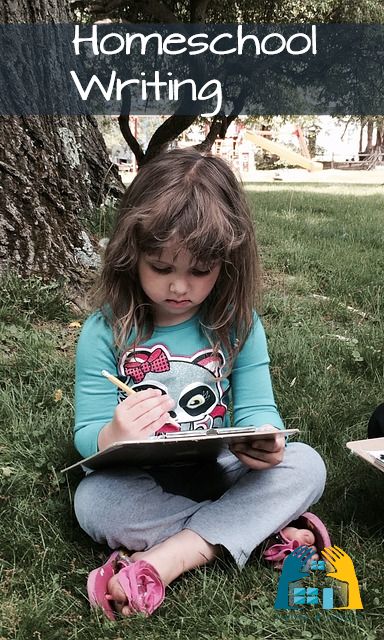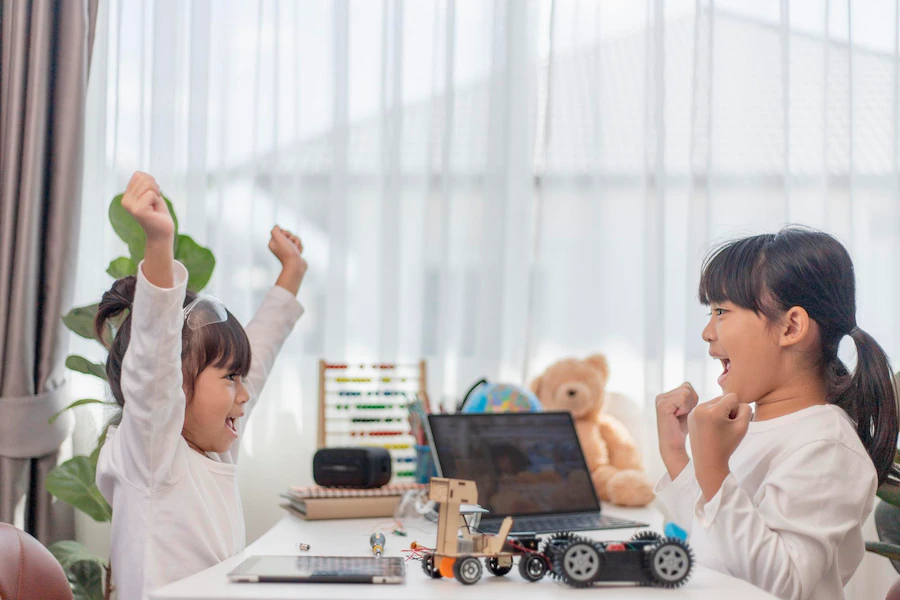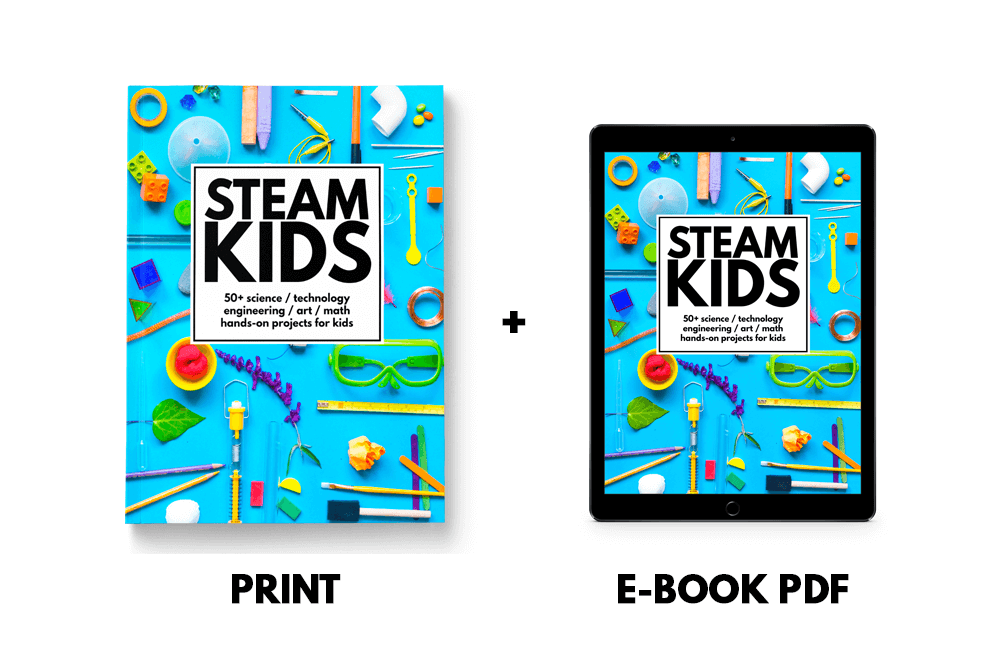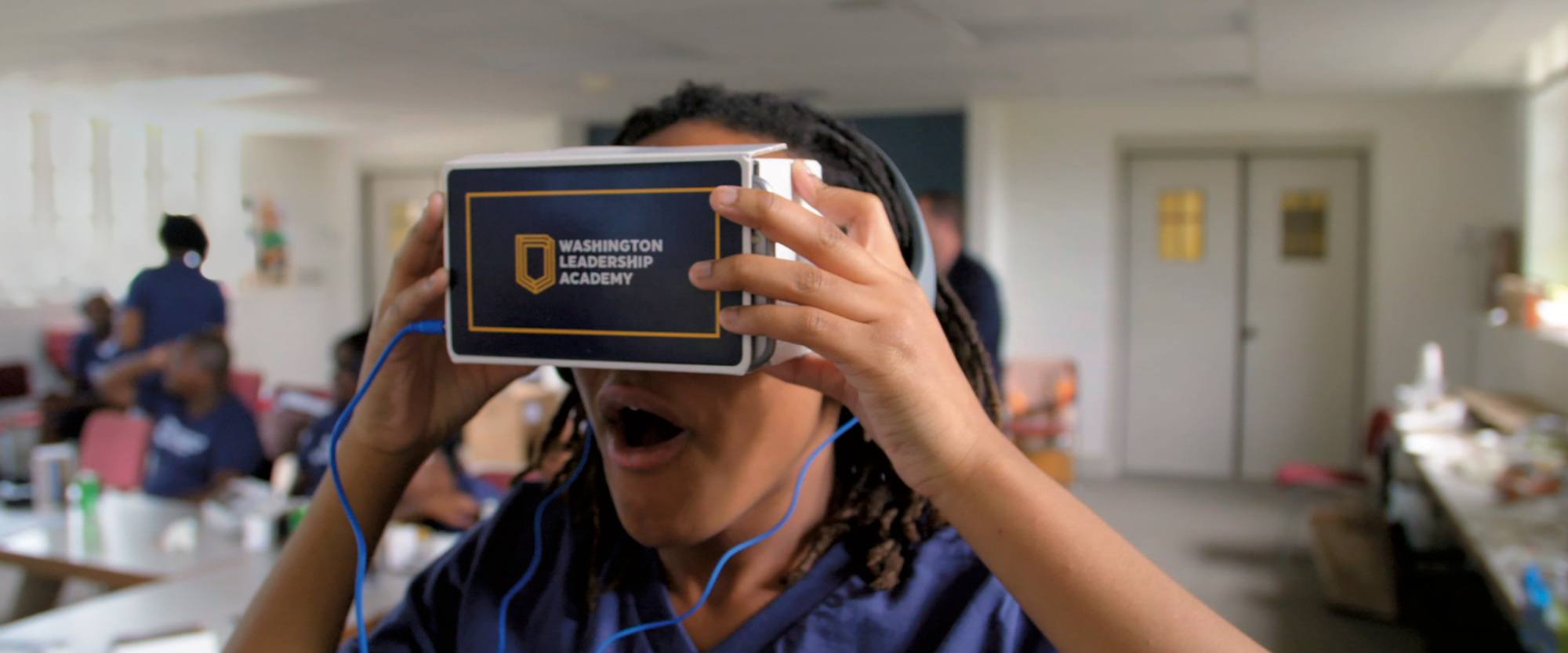Holistic Learning: Integrative Approaches in STEAM Education
Unlocking Potential: The Synergy of Integrative STEAM Education Approaches
In the realm of education, Integrative Science, Technology, Engineering, Arts, and Mathematics (STEAM) approaches have emerged as powerful tools to foster holistic learning experiences. This article explores the transformative impact of integrative STEAM education approaches, shedding light on how they synergize diverse disciplines and prepare students for a multifaceted future.
Breaking Down Disciplinary Silos
Integrative STEAM education approaches dismantle traditional disciplinary silos, promoting a seamless blend of science, technology, engineering, arts, and mathematics. Rather than isolating subjects, these approaches emphasize the interconnectedness of knowledge, encouraging students to see the world through a multidisciplinary lens. This holistic perspective enhances critical thinking and problem-solving skills as students learn to address challenges from various angles.
Fostering Creative Connections Between Disciplines
Creativity flourishes at the intersection of disciplines, and integrative STEAM approaches capitalize on this synergy. By weaving together arts and sciences, technology and design, students are encouraged to explore innovative solutions to complex problems. Integrating creative expression into scientific inquiry, for example, transforms learning from a linear process into a dynamic and imaginative exploration.
Project-Based Learning for Real-World Application
At the heart of integrative STEAM education approaches is project-based learning, emphasizing real-world application. Students engage in hands-on projects that mirror authentic challenges faced in professional settings. This practical application not only solidifies theoretical knowledge but also cultivates a sense of purpose as students see the impact of their work in tangible, real-world scenarios.
Cultivating a Problem-Solving Mindset
Problem-solving is a central focus of integrative STEAM approaches. Students learn to approach challenges with a comprehensive toolkit, drawing on principles from multiple disciplines. This mindset not only prepares them for the complexities of the modern world but also instills resilience and adaptability—essential qualities in navigating the uncertainties of future careers.
Encouraging Collaborative Learning Environments
Integrative STEAM education approaches thrive in collaborative learning environments. Students work together on projects that require diverse skills and perspectives. Collaborative settings reflect the teamwork and cooperation inherent in many STEAM professions, preparing students for the collaborative nature of the workforce they will enter in the future.
Incorporating Technology for Enhanced Learning
Technology integration is a key component of integrative STEAM education. Whether through coding projects, virtual simulations, or innovative digital tools, technology enhances the learning experience. Students not only gain proficiency in technology but also learn to leverage it as a powerful tool for creativity, problem-solving, and communication.
Promoting Environmental and Social Awareness
Many integrative STEAM education approaches incorporate themes of environmental and social awareness. By addressing global challenges through an integrative lens, students gain a deeper understanding of the interconnectedness of societal and environmental issues. This awareness instills a sense of responsibility, encouraging students to consider the broader impact of their decisions and innovations.
Adapting to Diverse Learning Styles
Recognizing that students have diverse learning styles, integrative STEAM education approaches offer adaptability. Tailoring the learning experience to individual strengths and preferences fosters engagement and deepens understanding. This personalized approach acknowledges that each student brings a unique set of skills to

